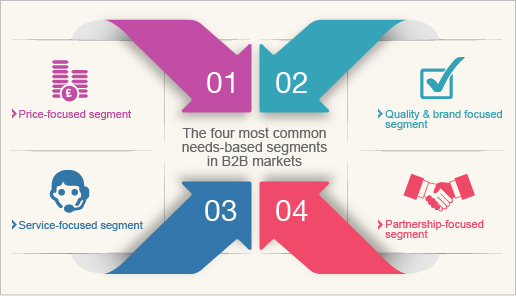[There are no
traffic jams along the extra mile.
Roger Staubach]
The
dominance of the service sector, global competition, rising labor and
technology costs and demanding customers forces companies to create excellent
customer experiences or fail. In the Now Economy, Companies must know their
customer’s definition of service quality (SQ). Organizations have to provide service
experiences that meet or exceed customer expectations at a reasonable price.
It’s all about the service experience! Research has found that about 70% of customer defections are due
to service problems. Customers evaluate service encounters to assess the
quality of a firm’s offerings and whether they will
continue do business with them in the future.
Improving service quality is
like taking vitamins, eating healthy and exercising regularly. Although the
results may not be immediate, long-term benefits are significant. Managing service
quality is not a “quick fix,” but rather a way of life for companies who are
serious about improvement (e.g., Disney, FedEx, Ritz-Carlton, Singapore
Airlines).
So, How Can We “Wow” Customers?
Here
are 10 recommendations that lead to superior customer value:
1.
Co-create services with customers. Learn what customers value by incorporating
the voice of the customer into the service development process.
2.
Focus your improvement programs outward, on market breakpoints. By defining and
mapping customer journeys, you can see the service experience as the customer
sees it. Realize that customers view service as a totality, not an isolated set
of activities.
3.
Create a tangible representation of service quality. Hertz #1 Club Gold service
communicates a premium, value-added bundle of services to business travelers
seeking a hassle-free car rental experience.
4.
Use teamwork to promote service excellence — service workers who support one
another and achieve together can avoid service burnout.
5.
Create a culture of service obsession based on key SQ determinants such as
professionalism, attitudes/ behaviors, accessibility and flexibility,
reliability/ trustworthiness and service recovery.
6.
Develop metrics that are specific in nature, such as a 99% on-time delivery
rate or an average customer wait time for telephone orders of less than 20
seconds. Benchmark best practices for each service metric employed.
7.
Employee selection, job design and training are crucial to building customer satisfaction
and SQ. The ability to respond quickly, competently and pleasantly to customers
needs to be a priority.
8.
Reward quality efforts in marketing. Seek opportunities to reinforce quality
behaviors when they occur. Reward employees on the basis of commitment and
effort, not just sales outcomes.
9.
Think of service as a seamless process, not a series of independent functions.
Service quality occurs when the entire service experience is managed effectively
and efficiently and the organization is aligned to respond to customer needs
whether it’s at the pre-sale, sale or post-sale.
10.
Integrate customer information across all sales channels. The information made
available to online and offline service representatives should be consistent.
Checklist — How to Improve Service Quality
□
Does your company really listen to
its customers? Give a specific example of how good listening improved the
service experience.
□ Reliability
means performing the promised services dependably and accurately. On a
10-point scale, where 1 is unreliable and 10 is perfectly reliable, rate your
company and explain why.
□ How well does your company perform the service basics?”
□ How effectively does your company manage service design — systems, people and the
physical environment? Provide an example of how lack of planning in one of
these areas resulted in a “fail point” during a customer encounter.
□
Service recovery refers to how
effectively companies respond to service failures. Cite an example when a
service failure occurred and how it was handled.
□
Teamwork is an important dynamic in sustaining
service workers’ motivation. How can you improve teamwork in your organization?
□
Internal service is crucial to
service improvement, as customer satisfaction often mirrors employee
satisfaction. To what extent does your company assess internal service quality?
This blog post is the 5th in a series extracted from Superior Customer Value – Finding and Keeping
Customers in the Now Economy, 4th Ed. (2019, Routledge Publishing/ Taylor & Francis).
For further information, contact Art Weinstein at artweinstein9@gmail.com , 954-309-0901, www.artweinstein.com .








